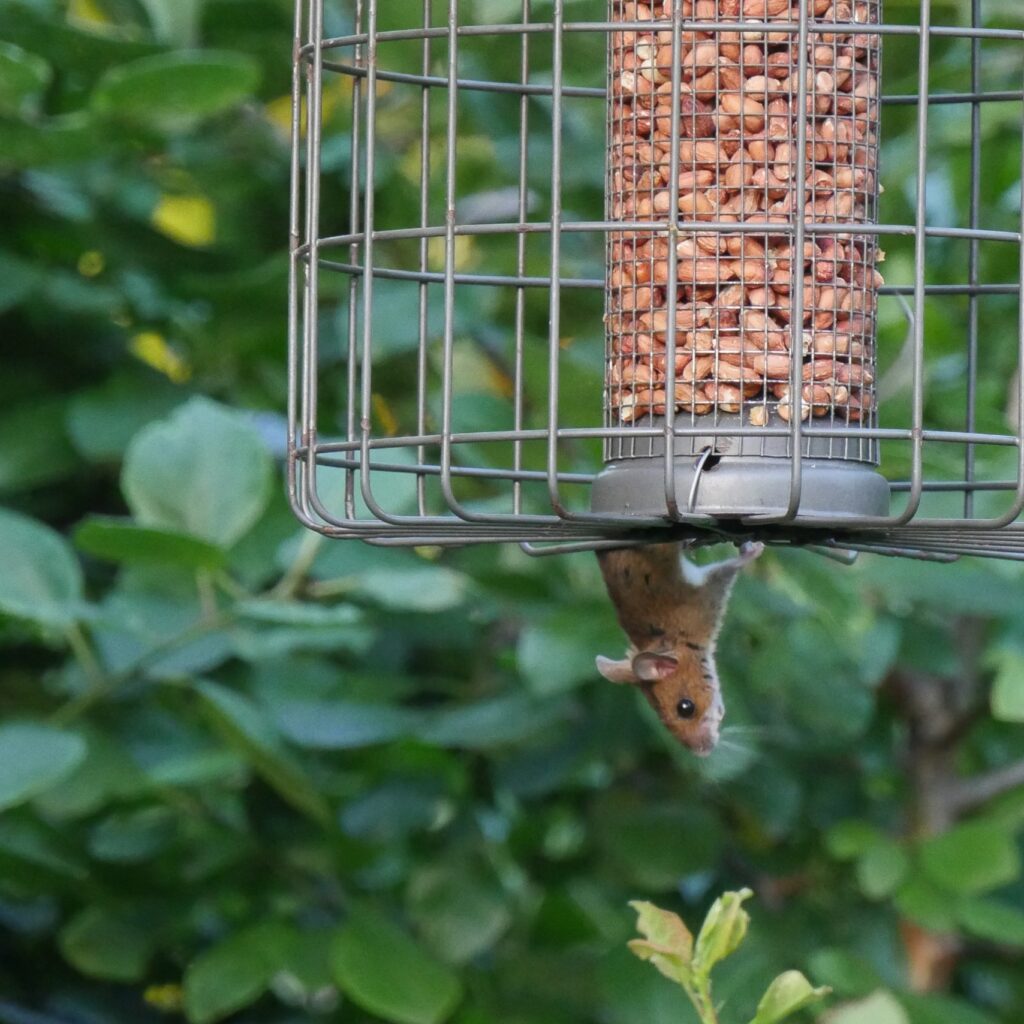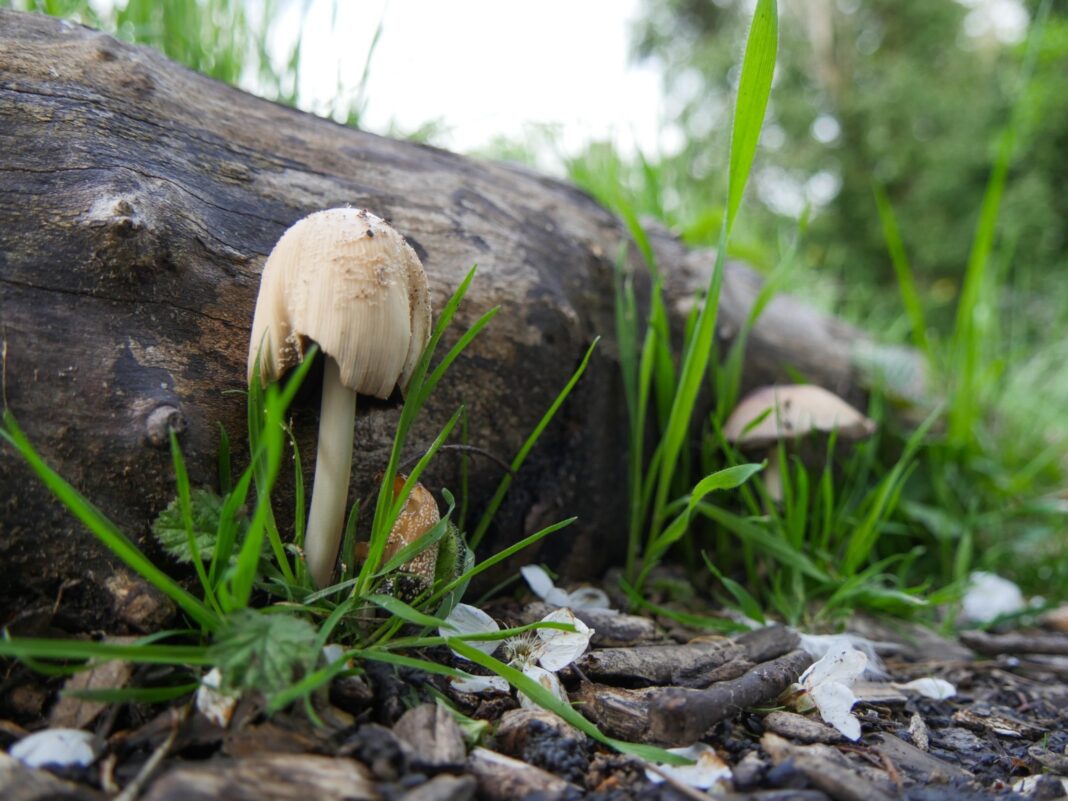Ancient woodlands have been in steady decline in the UK’s capital, London, for centuries. One community is rallying to rescue theirs.
At first glance, the stretch of greenery surrounding Crofton Park station in Brockley, South East London, appears to be a simple patch of railway woodland. Tucked behind a row of back gardens and a railway line to London Bridge, scrublands and grassy glades encircle the public highway and the graffiti-splashed railway bridges traversed by schoolchildren on foot and commuters by car.
Over several years leading up to 2016, then forty-two-year-old charity worker and local Brockley resident Anna-Maria Cahalane noticed a gradual decline in the upkeep of the land. Suspecting that there might be something amiss with the overgrown and litter-strewn site, she dug into the land’s history and learned that the site had been sold by Railtrack to a property developer in the 1980s. In 2004, the site was purchased by its current owner, property developer AA Homes, which fenced it off, effectively isolating it from its neighborhood. The land had previously been open to the public as a community park and was used by a local Girl Scouts group. “Some of it was well looked after”, Cahalane says. But in 2004, the scouts were evicted, and that’s when the site began falling into a state of disrepair.
Cahalane and other neighborhood residents noticed that drug users and sex workers had gained access to the site, which was becoming strewn with litter. Even more alarming, they noticed that the owners were beginning to cut down trees.
In 1990, when the site was first threatened by housing development, David Dawson, Director of the London Ecology Centre surveyed the area and found that some of the trees on the site — sweet chestnuts, field maples, and hawthorns — were over 400 years old. As it turned out, the almost three-acre strand is a rare patch of ancient forest and provides a tangible link to the old Great North Wood, making Gorne Wood one of the last surviving ancient woodlands in the City of London.
Ancient woodlands are irreplaceable habitats and essential biodiversity reservoirs that provide important ecosystem services. But as urbanization has eaten away at them, they now cover only a tiny fraction of the UK’s landmass. According to Matthew Frith, Director of Conservation at the London Wildlife Trust, “Ancient woodlands like this are cathedrals of biodiversity. You wouldn’t knock down a cathedral to build a modern house — you lose all the intricacy and complexity built up over millennia”.

Suspecting that the property developers were planning to file for a planning application, in 2017, Cahalane and a small group of fellow residents took action. Meeting at Cahalane’s kitchen table, the group came up with a plan to save the Gorne Wood. They did research, compiled evidence and dug into metropolitan archives to determine the ancient fauna and flora that lived on the site, as well as the age of the trees. “We had to do a lot of groundwork, we had to prove [the site] was worth saving,” Cahalane says.
According to the most recent census, Brockley is home to 18,649 residents, making it one of the most densely populated of London’s thirty-three authority areas. And it has little in the way of green spaces, an issue that grew apparent during the pandemic. “[The pandemic] heightened people’s awareness of how awful it was that this green space was blocked from the community at the end of everyone’s road,” Cahalane said. Successfully applying for the land to be officially designated an “ancient woodland” was crucial for the Gorne Wood campaign to get off the ground and garner public support.
In 2018, the campaigners appealed to the local council for help, arguing that the woodland should be placed back into community ownership where the age-old habitat would be preserved for centuries to come. Placing the site back into community hands would provide a space for future generations to enjoy trees and wildlife and benefit from outdoor educational resources. Later that same year, the Lewisham Council agreed to provide an Asset of Community Value Designation (ACV) for the site, which meant that AA Homes, the property developer, could not sell the land without first offering it to community groups to buy.
But there was a catch. Purchasing the Compulsory Purchase Order (CPO) would cost Lewisham Council a hefty £100,000, a sum the council was unable to afford. And time was of the essence, since the ACV would expire after five years. In 2021, Calahane and her group launched a campaign to raise the CPO funds themselves. They kick-started a crowdfunding appeal and had until January of the following year to raise the necessary funds.
Fortunately, the campaigners had a track record with regard to protecting natural spaces. In 2018, they had convinced Network Rail to lease an unloved site adjacent to Gorne Wood. The site, which had been at risk for development, has now been transformed into the Buckthorne Cutting Nature Reserve, a wildlife sanctuary and nature refuge visited each year by hundreds of school children and families and managed by volunteer groups with a view to conserving its ancient character. This success gave the campaigners the tools they needed to convince the wider community that they were capable of saving Gorne Wood.
Strong local support
It wasn’t long before the community support began pouring in. Some 400 residents signed a petition agreeing that Gorne Wood would be beneficial to the community. Local Scouts conducted protest marches, local councils and environmental groups chipped in in various ways, and schools held bake sales and even used the campaign in their curriculum. Local photographers, residents, and journalists documented the wildlife — slow worms, stag beetles, newts, toads, hedgehogs, and dragonflies — with cameras and smartphones, and filmmakers were making short films on the mission to rescue the woods.

And while residents were busy promoting the cause on the ground, the campaign took off online. The community activists partnered with Ecosia, a green search engine that uses one hundred per cent of its profits to plant trees and tackle the climate crisis. South East London resident Sophie Denibinski, head of the UK branch of Ecosia, was keen to contribute. “The amount of schools from disadvantaged areas that could benefit from the space is disproportionate to its size,” she said. The campaigners’ plan for the woodland includes opening the site for outdoor classroom activities where schoolchildren can roam and learn about its ancient habitats.
Ecosia contributed £10,000 towards the crowdfunding campaign and generated media attention by promoting the campaign on their own and other charity social media channels. Twitter was then awash with the hashtag #SaveGorneWood, with tens of thousands of people not just from across the UK, but globally, retweeting and spreading the word. By the end of the Gorne Wood campaign, the activists had 800 supporters on their mailing list, and over 1,000 people had made individual contributions. “Sophie helped put Gorne Wood on the map,” Cahalane said.
The partnership with Ecosia and other environmental groups, along with the strength of community giving, is a testament to what can be achieved when businesses and local communities work shoulder to shoulder in support of an environmental cause. In as little as two months, the community activists achieved their target of £100,000 and put forward the CPO with the support of the Lewisham Council.
But it’s not over yet. Cahalane reports that, under pressure to meet the government’s annual housing target of 33,000 new homes a year across London, AA Homes is hoping to build an expansive multi-million-pound development of a block of flats on the land, and has ignored all requests from the council to sell the land.

Now the campaigners will bring the case to court, arguing that the community benefit from the land outweighs the developer’s right to build on it. They are confident that they can win. “The lawyers and local council wouldn’t have taken on the case if they didn’t believe that we have every chance of success”, Cahalane says.
They also have an additional line of attack. Lewisham Council is planning to designate the corridor as Metropolitan Open Land in their new draft Local Plan, which would prevent inappropriate development (such as housing) taking place for the next twenty-five years — offering potential protection for the woodlands. It would be a temporary victory but a victory nonetheless.
The designation will require the approval of the government, and if successful, the campaigners will have won an important battle to secure their vision for the land. The campaigners plan to link the Buckthorne Cutting Nature Reserve, which is already in community hands, with Gorne Wood — potentially creating an expansive wildlife corridor rarely found in cities.


